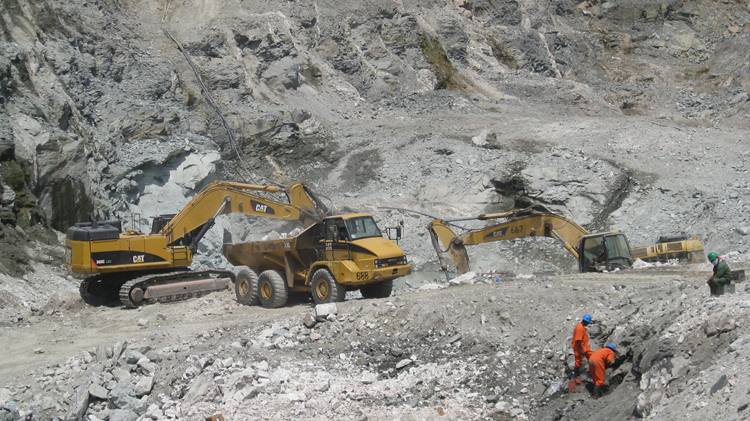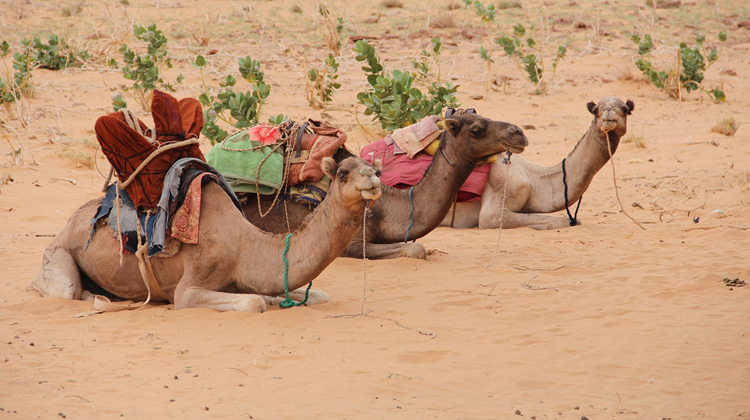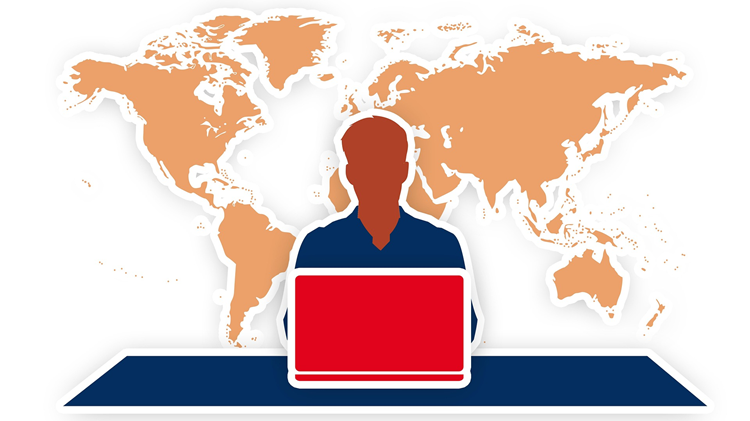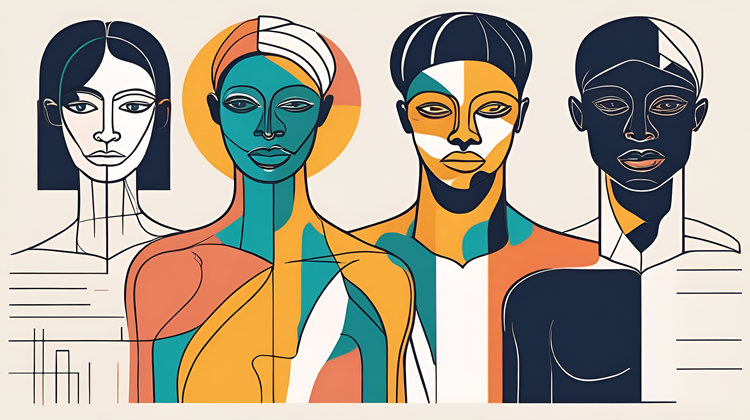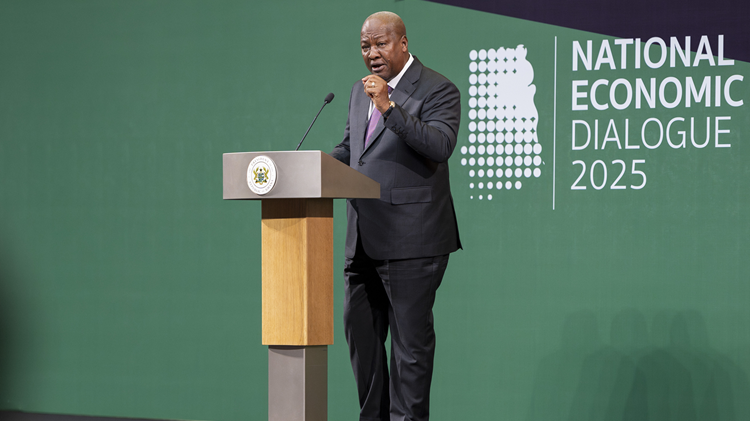Africa’s story of resilience
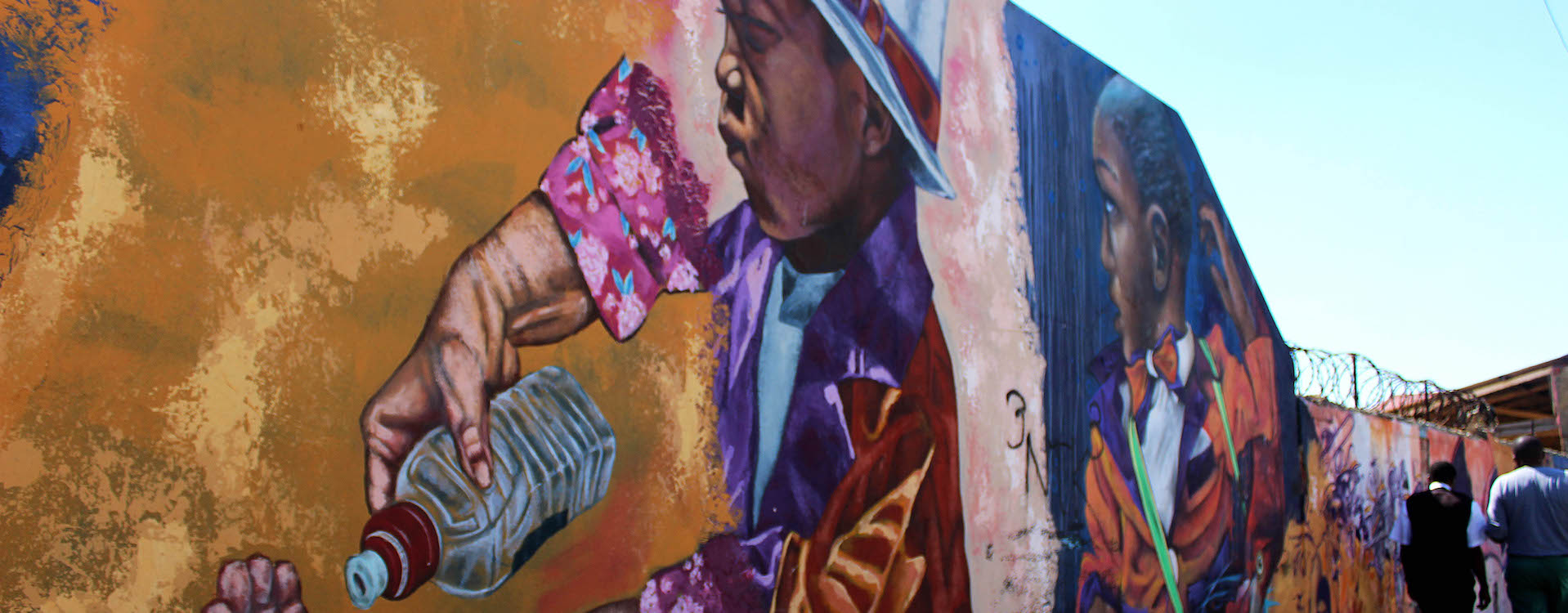
Despite the massive funding needed for Africa’s development and post-COVID-19 recovery, its future economic trajectory looks promising.
Africa’s goals of reducing poverty, improving the quality of life of its citizens, accomplishing its climate ambitions and transitioning its economy onto a more sustainable path will require substantial financing. The African Development Bank (AfDB) , in its Africa’s Macroeconomic Performance and Outlook, January 2023, projected the additional resources required to finance Africa’s economic recovery from COVID-19 in 2020-22 at $432 billion.
Yet despite the considerable resources that will be required, and the complex global environment, the report was upbeat about Africa’s future economic trajectory. Africa is making good progress towards its development aspirations as set out in the African Union’s Agenda 2063 masterplan.
In the face of the considerable confluence of shocks that continue to confront Africa, such as COVID-19, Russia’s invasion of Ukraine, the disruption of energy and food markets, high levels of inflation, dollar strength and the rise in commodity prices, its economies are resilient - a key takeaways of the report.
In all but one, economies registered positive growth in 2022, and the projection is for this upward course to continue into 2023 and 2024. In fact, the AfDB projects Africa’s growth to be in the region of 4% in 2023 on the back of China’s loosening of its COVID-19 restrictions. Professor Jeffrey Sachs asserts that Africa will, in all likelihood, move onto a far higher sustained level of growth and that its economies could start reaching levels of growth of up to 7% to 10% that could be sustained until 2063.
In the face of the considerable confluence of shocks that continue to extend to Africa, its economies are resilient
Underpinning this positive outlook, and as outlined in the AfDB report, prices for key African exports remain high amid an increasingly competitive outlook, characterised by high demand, for the continent’s natural resources.
To fully realise the future envisaged by Sachs and the AfDB, African countries still need to tackle a number of issues. There is no doubt that Africa must pivot towards a greener future and address its socio-economic challenges; it should continue its transition towards further and deeper integration of capital markets, trade and human capital. It needs to continue to attract and revitalise financial flows in the form of foreign direct investment (FDI) and remittances and address growing levels of indebtedness.
As the Organisation for Economic Co-operation and Development (OECD) notes, FDI can be a powerful catalyst for development, contributing to higher income levels and boosting both manufacturing and industrialisation by providing much-needed inputs. It also plays an important enabling role in advancing technology transfer, training and business management know-how.
Conditional on this are a number of factors, and countries must establish ‘a transparent, broad and effective enabling policy environment for investment and build the human and institutional capacities to implement them.’ Furthermore, Africa’s leaders must progressively address the barriers constraining intra-continental trade and the hindrances to the flow of business, information, people and logistics between countries.
Africa needs to pivot towards a greener future and address its socio-economic challenges
Economies of scale will result from the movement towards legal system standardisation, a single market which will spur FDI, and progress with the African Continent Free Trade Area (AfCFTA).
With the gradual recovery from the fallout of the COVID-19 pandemic, financial inflows have recovered but remain volatile amid difficult global financial conditions. The AfDB report shows how external financial flows to Africa are estimated to have rebounded by about 20% in 2021 compared to low levels in 2020. Financial flows declined to 7% of GDP in 2020 from 7.9% in 2019.
FDI is estimated to have more than doubled to $83 billion in 2021 from $38.9 billion in 2020. Although FDI inflows to Africa totalled $1.58 trillion in stock, which accounted for 5.2% of global FDI in 2021, up from 4.1% in 2020. This significant increase underscores Africa’s increasing importance for investors that will likely improve in the face of stepped-up competition for Africa’s strategic mineral deposits, including rare earths, extensive agricultural opportunities and a large and growing consumer base.
According to the United Nations Conference on Trade and Development (UNCTAD), Europe remains the largest source of FDI to Africa, with over €212 billion in 2021, representing about 50% of total investment inflows to the continent. The United Kingdom ($65 billion in assets) and France ($60 billion) are the two European countries with the highest investment activity in Africa. Both countries have historical ties and knowledge of African markets.
Foreign direct investment plays a critical role in a country’s development
The United States, in 2021, had approximately $45 billion in assets or 13% of the total FDI to Africa. In 2021, China’s FDI capital stock in African countries reached around US$44.2 billion. Chinese FDI is looking to Africa to supply rising middle-class demand. Russia, India, Germany and Turkey have also increased their investment in Africa, but their shares remain low.
The five major FDI destinations in Africa are, in descending order, South Africa, Egypt, Mozambique, Nigeria and Ethiopia. In 2021, South Africa remained the largest FDI recipient, with investments worth over $40.9 billion, nearly half the total inflows to Africa that year.
It is notable that energy projects, in particular, renewable energy and electrification, are driving much of this investment. UNCTAD notes that the number of international projects in renewables in Africa climbed to 71 in 2021 – nearly double the 36 recorded in 2011. The United States recently announced a commitment (in December 2022) of $55 billion to Africa in the form of new trade opportunities and infrastructure over the next three years that could unlock new financing and spur investment in clean energy and the digital economy across the continent.
This comes on the back of the Forum on China-Africa Cooperation held in Senegal in August 2022 on strengthening development relations between China and Africa. However, analysts registered concern over the reduction in China’s financial commitments from $60 to $40 billion in 2021.
Africa is weathering the storm and charting a more sustainable and resilient pathway forward
As in many emerging market economies, ‘tightening financial conditions and the appreciating US dollar’ have negatively impacted most African economies as outlined in the AfDB report. Dollar strength has increased the cost of servicing existing debt and heightened debt distress risks.
According to the AfDB, these conditions have restricted access to new financing from international capital markets to meet fiscal needs. Further, it has intensified instability in foreign exchange markets, pushing price stability ‘beyond the grasp of most central banks’ due to exchange rate pass-through effects. This comes at a time when African countries’ ‘fiscal positions have already been stretched by COVID-19 policy responses and support for vulnerable populations against rising food and energy prices amid high debt and greater physical impacts of climate change.’
African countries face acute lending challenges, as noted by Sachs in his remarks in response to the AfDB’s report. Interest rates on loans to African countries are currently upwards of 10% and maturities are very short-term. Against this, he argues for the AfDB to be the vehicle through which the IMF’s Special Drawing Rights to African countries are accelerated to meet the urgent financial needs of African countries.
‘This will allow the Bank to leverage additional resources – up to four times the resources received to fast-track development financing at concessional rates to African countries, particularly transition economies.’
Africa is charting a more sustainable and resilient pathway forward, buoyed by a recovering inflow of FDI increasingly focused on transitioning the continent onto a greener and more sustainable growth path. Key challenges will need to be addressed, however, if these funds are to stimulate growth over the long term, the most prescient being the debt situation facing multiple countries.
A push towards more lenient terms on loans, both in terms of periods and interest rates, would provide governments with the fiscal space to enact the needed changes domestically to draw in further investment and improve socio-economic outcomes.
Given the improved institutional governance and bold steps they’ve taken to strengthen institutions at the regional, national and continental levels, African countries are in a relatively better place than might have been expected. And they have reason to be cautiously optimistic about their growth outlook.
Image: GroundUp


